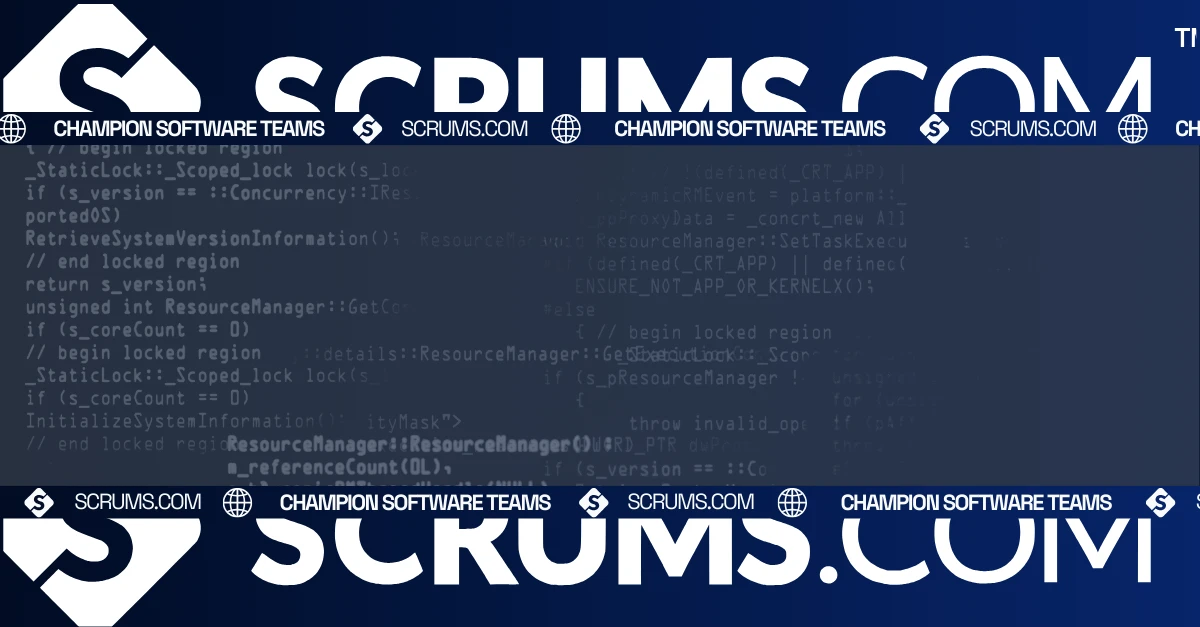Gitignore: .gitignore Templates for Git Projects
Repository Overview
The Gitignore repository is a highly popular and widely used resource among developers for creating .gitignore files tailored to specific programming languages, frameworks, and environments. Maintained by GitHub, this repository simplifies version control by excluding unnecessary files and directories from being tracked by Git. It is a must-have tool for both new and experienced developers aiming to keep their repositories clean and manageable.
Information compiled in September 2024, information is subject to change:
- Stars on GitHub: 161K
- Forks: 83.2K
- Contributors: 1276
- Last Update: August 2024
Core Features and Benefits
Extensive Collection of .gitignore Templates: Offers a comprehensive set of .gitignore templates for various programming languages, frameworks, and environments to help developers manage their repositories effectively.
Customizable Templates: Templates can be customized to suit specific project needs, providing flexibility for diverse development environments and workflows.
Community-Driven Contributions: The repository is continuously updated and improved by a vast community of contributors, ensuring up-to-date templates and best practices.
Beginner-Friendly: Provides simple and well-documented templates, making it easy for beginners to get started with Git and version control.
Search and Filter Functionality: Allows users to quickly find .gitignore templates by language, framework, or tool, streamlining the process of setting up new repositories.
Benefits for Developers:
- Simplifies the creation of .gitignore files, saving time and reducing errors in setting up version control.
- Encourages best practices for repository management and cleanliness.
Benefits for Business Stakeholders:
- Reduces development overhead by providing ready-to-use templates, minimizing time spent on configuring repositories.
- Improves codebase management and collaboration across development teams by ensuring only necessary files are tracked.
Use Cases
New Project Setup: Developers use the Gitignore repository to quickly generate .gitignore files when starting new projects, ensuring unnecessary files aren't added to version control.
Multi-Environment Development: Teams working across different environments use customized .gitignore templates to manage files specific to each development setup.
Open Source Contributions: Contributors to open source projects utilize .gitignore templates to maintain consistency and cleanliness in repositories.
Corporate Development Policies: Businesses incorporate .gitignore templates into their standard operating procedures for development, ensuring compliance with coding standards and policies.
Getting Started Guide
To get started with the Gitignore repository:
Clone the Repository:
git clone https://github.com/github/gitignore.git
Choose a Template: Navigate to the appropriate template in the repository for your project's programming language or framework.
Customize as Needed: Modify the .gitignore template to fit your specific project needs. Add or remove entries as necessary to exclude or include files.
Community and Support
GitHub Issues: The community actively maintains and reviews issues for continuous improvement.
Pull Requests: Users can contribute new templates or suggest updates to existing ones through pull requests.
Extensive Documentation: Provides clear instructions and best practices for using .gitignore files effectively.
Integration Possibilities
The Gitignore repository integrates seamlessly with Git and GitHub workflows, making it a crucial part of setting up any repository. It is also compatible with most Git GUI clients and development environments, such as Visual Studio Code, IntelliJ IDEA, and others.
Performance and Scalability
Performance: As a repository containing text files, it is highly performant and requires minimal resources.
Scalability: Scales well from small projects to large enterprise repositories, with templates suitable for all types of development needs.
Licensing and Security Considerations
Licensing: The Gitignore repository is distributed under the Creative Commons Zero v1.0 Universal license, allowing for free use and modification.
Security: Since the repository consists of text-based templates, there are no significant security vulnerabilities. However, users should ensure .gitignore files are configured to exclude sensitive data.
Maintenance and Longevity
The Gitignore repository is actively maintained by GitHub and the developer community, ensuring it remains up-to-date with new languages, frameworks, and best practices in the evolving tech landscape.
Alternatives and Comparisons
Ignore.io: An online tool for generating .gitignore files, but lacks the community support and depth of templates available in Gitignore.
Gitignore.io: Another alternative providing .gitignore templates, but Gitignore remains the most comprehensive and well-maintained option.
Our Recommendation
Why Choose Gitignore? If you are a developer or team looking for a comprehensive collection of .gitignore templates to simplify repository management, the Gitignore repository is the best choice. It provides customizable templates for various languages and frameworks, ensuring best practices are followed and unnecessary files are excluded, making it perfect for both individual developers and teams in any development environment.
Common FAQs Around this Code Repo
You can fork the repository, create a new branch, add your template, and submit a pull request following the contribution guidelines.
While the default templates cover most scenarios, customization may be necessary for specific project requirements to ensure no unnecessary files are tracked.
The repository is frequently updated by the community and GitHub to include new templates and improvements.
Yes, Gitignore is licensed under the Creative Commons Zero v1.0 Universal license, allowing for free use in both personal and commercial projects.
Use .gitignore to exclude sensitive files (like .env files) from being tracked. Never commit sensitive data to your repository.
Explore Software Development Blogs
The most recent trends and insights to expand your software development knowledge.






